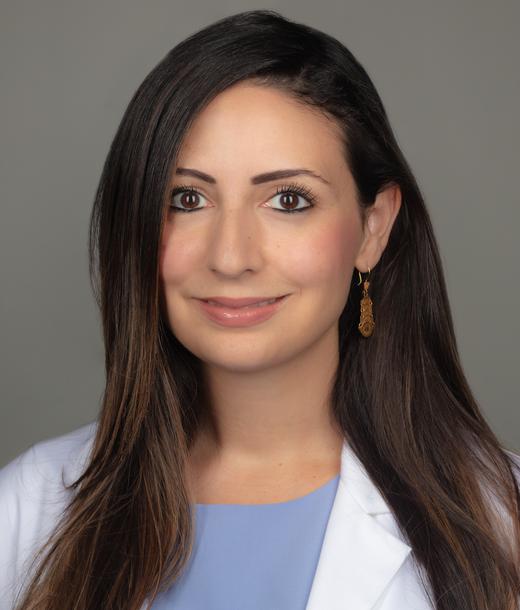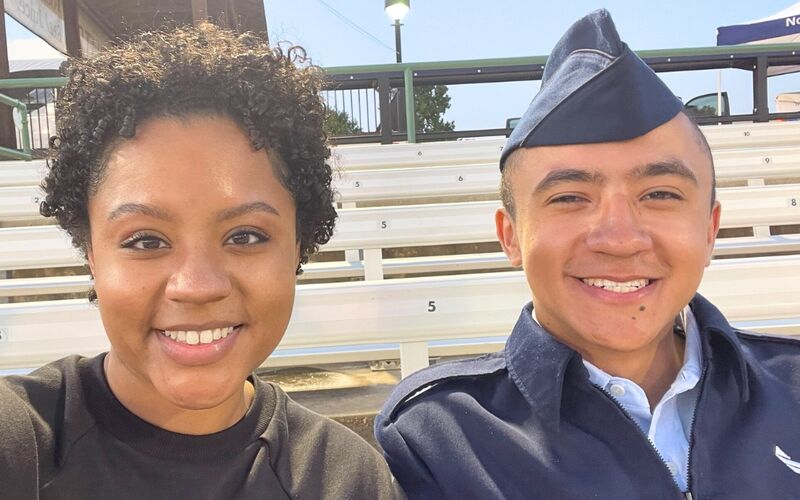Navigating Survivorship After Bone and Marrow Transplant
“Some days you feel strong. Other days, you don’t. But you keep going.”
That comment came from Jasmine Cherry, a leukemia survivor and Moffitt cell therapy technologist, during a recent Facebook Live session hosted by Moffitt Cancer Center. The event featured experts from the Blood and Marrow Transplant and Cellular Immunotherapy Survivorship Clinic, who answered questions and shared support resources for patients navigating life after transplant.
Here are some key takeaways from the discussion.
What Survivorship Really Means
Survivorship isn’t just the final stage of treatment. It begins at diagnosis and continues throughout life, encompassing physical, emotional and social recovery.
 Rawan Faramand, MD
Rawan Faramand, MD
“We focus on curing the cancer, of course, but survivorship is about healing the whole person,” said Rawan Faramand, MD, a blood and marrow transplant specialist at Moffitt. “That includes fatigue, fertility, returning to work and even how patients reconnect with their bodies.”
For Cherry, who underwent an allogeneic bone marrow transplant in 2022 with cells donated by her younger brother, survivorship has meant adjusting to early menopause, managing long-term side effects and discovering a new purpose.
“I thought once treatment ended, I’d feel normal again. But healing is a whole new journey. You grieve your old life and learn to trust your body again,” she said.
Managing Long-Term Effects
 Leo Malpica
Leo Malpica
Leo Malpica, a nurse practitioner in the Blood and Marrow Transplant and Cellular Immunotherapy Survivorship Clinic, emphasized that each patient’s path is unique. He described common long-term effects:
- Graft-versus-host disease, where donor cells attack the recipient’s tissue
- Organ damage from chemotherapy or radiation
- Hormonal changes and fertility loss
- Fatigue and cognitive changes, sometimes called “chemo brain”
“That’s why we tailor survivorship care,” Malpica said. “Monitoring, screenings and support all depend on the type of transplant and treatment a patient received.”
Faramand added that ongoing vigilance is key. “There’s a small risk of secondary cancers or infections after transplant, so we recommend specific screenings and precautions.”
Support for the Whole Journey
Moffitt offers a range of services to help survivors and caregivers thrive:
- The Adolescent and Young Adult Program for patients ages 15 to 39
- Support groups for survivors and caregivers
- Fertility counseling and referrals
- Nutrition, physical therapy and integrative medicine resources
- Mental health care and social work support
“It takes a village to heal,” Faramand said. “And that includes psychological care. We encourage patients to speak up about depression, anxiety or PTSD.”
Cherry agrees. “Having a support group, even on Facebook, made all the difference. And programs like Miles for Moffitt helped me find strength again.”
Practical Tips for Survivors
- Stay physically active, even with short walks.
- Prioritize rest and good nutrition, especially protein.
- Connect with others, online or in person.
- Use reminders for follow-up appointments and vaccinations.
- Talk openly with your care team about any changes or concerns.
A Second Birthday, a New Perspective
Many transplant survivors celebrate a “re-birthday” on the day of their transplant. For Cherry, that milestone has a new meaning.
“My co-workers threw me a party when I turned 1,” she said. “You’re not alone; there are resources. There is support. And there is life after cancer.”




